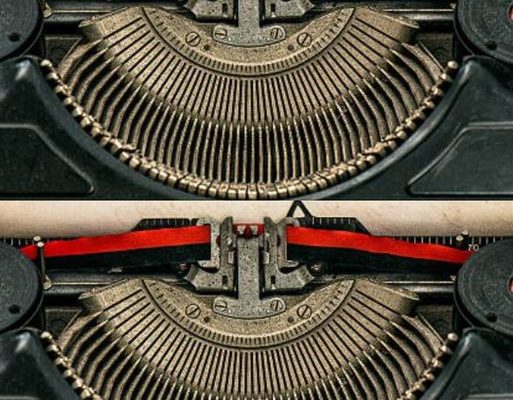Introduction
In today’s digital age, where touchscreens and devices reign supreme, the simple typewriter evokes a sentimental journey to an earlier era of communication. Once essential tools for writers, journalists, and professionals, typewriters have left an indelible mark on history. This article explores the captivating world of typewriters, their evolution, impact, and enduring legacy.
The History of Typewriters
Early Beginnings
The idea of a mechanical writing machine dates back to the 18th century, though it wasn’t until the 19th century that typewriters truly emerged. The first commercially successful typewriter, the Sholes and Glidden typewriter (also known as the Remington No. 1), debuted in 1873. This invention marked a significant milestone in the mechanization of writing.
The QWERTY Layout
Early typewriters adopted the “QWERTY” keyboard layout, designed to prevent common letter combinations from jamming. This layout remains in use on modern keyboards, highlighting the typewriter’s lasting influence.
Impact on Communication and Society
Revolutionizing Writing Efficiency
Typewriters dramatically increased the speed and efficiency of writing and document production. Professional typists could produce documents faster than handwriting, boosting office and commercial productivity.
Standardization of Documents
Typewriters introduced consistency in documents, as each character was produced with uniform accuracy. This standardization was crucial for legal and official papers.
Influence on Journalism and Publishing
The typewriter played a vital role in journalism, enabling reporters and writers to produce text swiftly. This facilitated faster news dissemination and contributed to the rise of newspapers as key information sources.
Broader Access to Writing
As typewriter prices decreased over time, writing became more accessible to a broader audience. More individuals could engage in professional writing and correspondence, democratizing written communication.
Enhancing Archiving and Preservation
Typewritten texts were more durable than handwritten manuscripts, improving archival quality. This durability has helped preserve historical documents and literary works for future generations.
A Lasting Legacy
Collector’s Items and Antiques
Vintage typewriters have become coveted collector’s items, appreciated for their unique designs and historical significance. The distinct clacking of typewriter keys and the tactile typing experience evoke nostalgia.
Creative Inspiration
Some authors still cherish the tactile feel of typewriters for creative inspiration. Artists and designers incorporate typewritten text into their work, blending classic aesthetics with modern innovation.
Cultural Significance
Typewriters feature prominently in literature, movies, and art, symbolizing various eras and conveying a sense of timelessness. Writing retreats and workshops often include typewriters to foster creativity and focus.
Conclusion
The typewriter, a mechanical marvel that revolutionized communication, remains a fascinating piece of history. From primitive prototypes to sleek, functional devices, typewriters have profoundly influenced how we create and consume text. Despite technological advancements, their legacy continues to inspire writers, artists, and enthusiasts. Typewriters remind us of the tangible connection between typing and the creation of words on paper, preserving an enduring link to our literary heritage.



